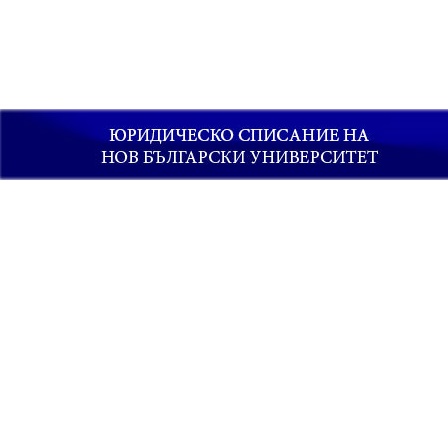Legatum и Fideicommissum
Legatum and Fideicommissum
Author(s): Hristo KrastevSubject(s): Social Sciences, Education, Law, Constitution, Jurisprudence, History of Law, Civil Law, International Law, Higher Education , EU-Legislation
Published by: Нов български университет
Keywords: Legatum; Fideicommissum
Summary/Abstract: The subject of the following report is the legacy in the roman law. A testator could leave individual objects to a person other than his heir by legacy (legatum) or fideicommissum. Whereas a legatum had to be left in a prescribed form, and was chargeable only on a heres appointed by testamentum, a fideicommissum was a simple, informal request of the testator, addressed to any person who benefited from his inheritance, to give one or more objects to a third person (fideicommissarius). The request was commonly made in the words “fidei tuae commito” (hence the name fideicommissum). Originally not enforceable, fideicommissum from the time of Augustus became actionable in special courts, where the official, acting by cognitio extra ordinem, had a wide discretion in interpreting the testator’s will. A fideicommissum was not necessarily a gift of single objects. It might be a gift of the inheritance, in whole or in part. In this case it meant a kind of universal succession, the fideicommissarius being heredis loco. To avoid refusal by the fiduciary successor, which would make void the fideicommissum, later legislation gave him the right of keeping a quarter of the property in trust, in conformity with a Republican statute which preserved for the heir a quarter of the inheritance free from legacies and other burdens. In Justinian’s law the provisions concerning legata and fideicommissa were amalgamated, and the distinction between the two fell into abeyance.
Journal: Юридическо списание на Нов български университет
- Issue Year: 2005
- Issue No: 2
- Page Range: 27-38
- Page Count: 13
- Language: Bulgarian

